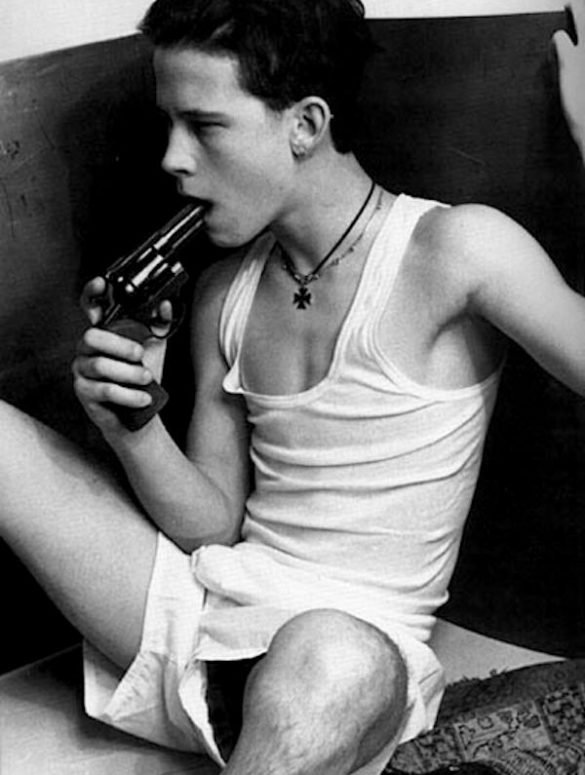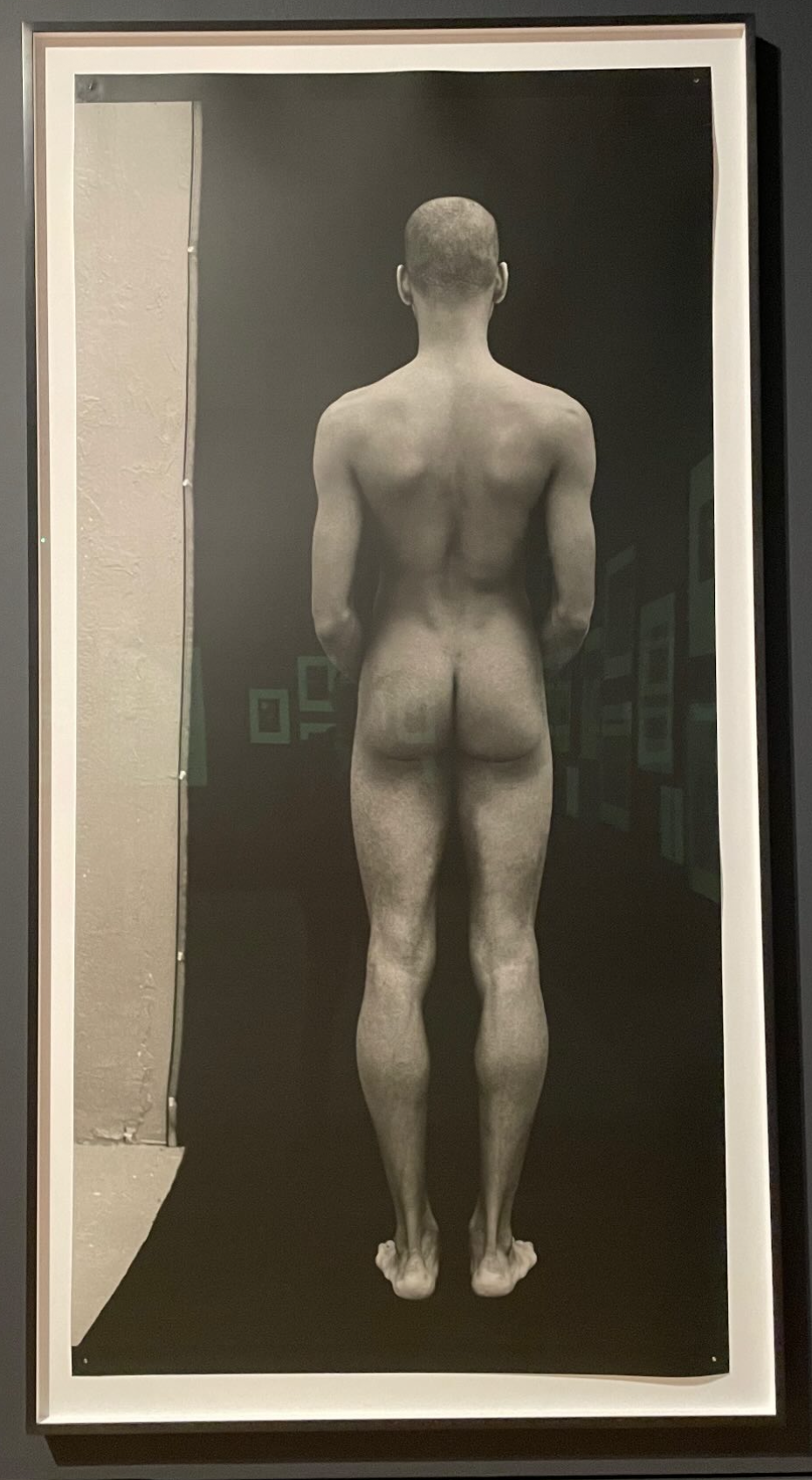Konrad Helbig, Ragazzi Sicily, 1950s
There was a time when the poor were simply that, poor and not petty bourgeois. Some poor people had the privilege of being able to live outside the moral restrictions adopted by the lower and middle bourgeoisie imposed to control them by those at the top of society. Perhaps for this reason, the rich tended to have freer artistic connections with the poor than with the bourgeois trapped by the servitude and aspirations that society imposed on them. Today things are different, and almost all the poor, except the most marginalized, who rarely have the good fortune to directly experience the vital experience of knowing art, combine the worst of both worlds: an uncomfortable life due to lack of resources and an aspirational submission to those who impose social morality on others. Probably, for this reason certain freedoms that in the past allowed us to capture youth, nudity and intimacy as Helbing and others did, are no longer possible in the same way. Any space or relationship of this type today must be protected by a much more demanding duty of secrecy. Today there is a paradox that many people share pornography of themselves online for money, but they are afraid to open the door to a casual and aimless intimacy that only exists when there is the innocence that only freedom grants and that was taken away from them by the same morality that already dominated the bourgeoisie.
Ian David Baker.
A vintage photograph of a shirtless young man holding a broom. Voinquel ((1912-1994) was an important French photographer known for his many studies of young men and his portrayals of Jean Marais and others involved in the movies of Jean Cocteau.
Vincenzo Galdi. Intimate Men. 1900.
Galdi was an Italian model and photographer and is recognised as a pioneer in Italian erotic photography. A descendant of Italian aristocracy, he developed an interest in photography whilst studying at the Institute of Fine Arts Naples. In 1886, he started to assist and collaborate with German photographer Guglielmo Plüschow, who at that time had a studio in Naples. Galdi also modeled for Plüschow. He also worked in theater as a set designer. Moving to Rome in 1890, the partnership lasted until 1902, when Galdi set up his own studio in Rome.
Collier Schorr. German Hair Now! Vol. lV Forests & Fields
"In the nineteen seventies, photographer Esaias Baitel lived in France, in the Parisian suburb of Aubervilliers, for five years, which, among other things, resulted in a book and an exhibition that has toured the world. Zonen describes a neighborhood where motor bikes, rock and roll, and swastikas go hand in hand. In order to get close to these (Rockers), Esaias had to tell them that he was a Swede of Walloon origin. To introduce himself as a Jew in this environment would not have been cool. The photos do not show lost or mislead youths, but take us very close to a integrated subculture, with entire families and small children. / There are a lot of films and documentaries about the problems that immigrants encounter in France. Here we get to see the pictures of the other side. Confrontations are not hard to imagine.".
















